Orecchiette with Cime di Rapa (broccoli rab)
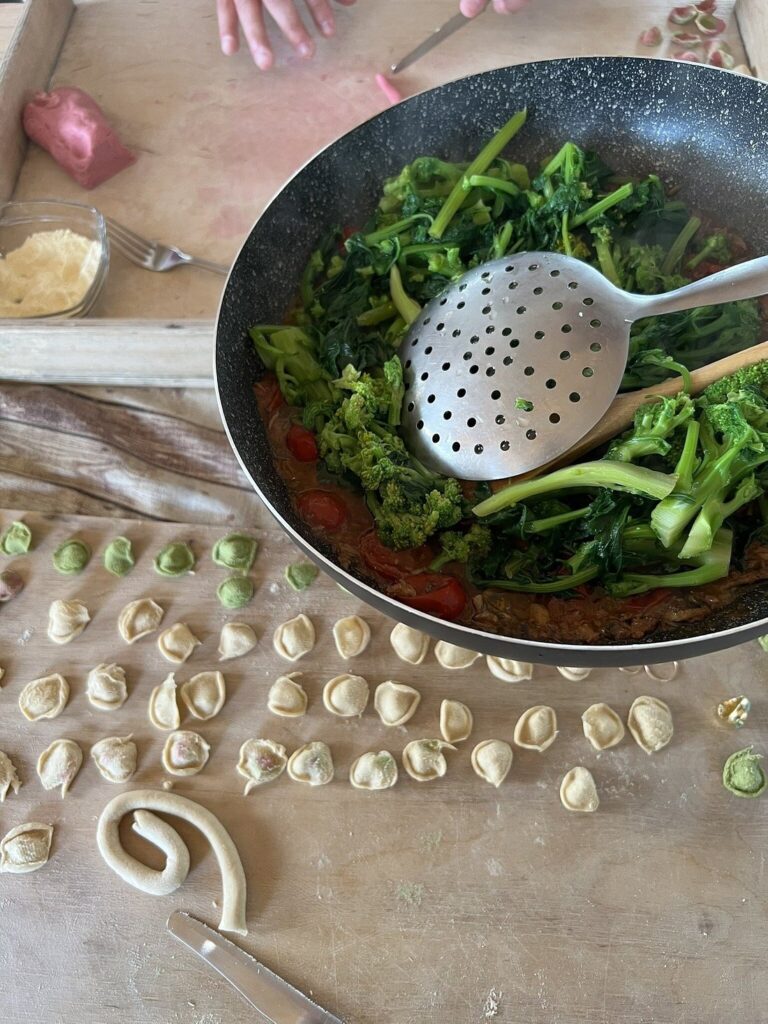
The Orecchiette with Cime di rapa (broccoli rab) is one of the must of our cuisine. It’s the typical winter menu because this kind of vegetable is cultivated during winter. The ingredients for 4 persons extra virgin olive oil 1-2 garlic cloves some anchovies (1 per person if they are big, otherwise 2 per person) […]
The hidden river
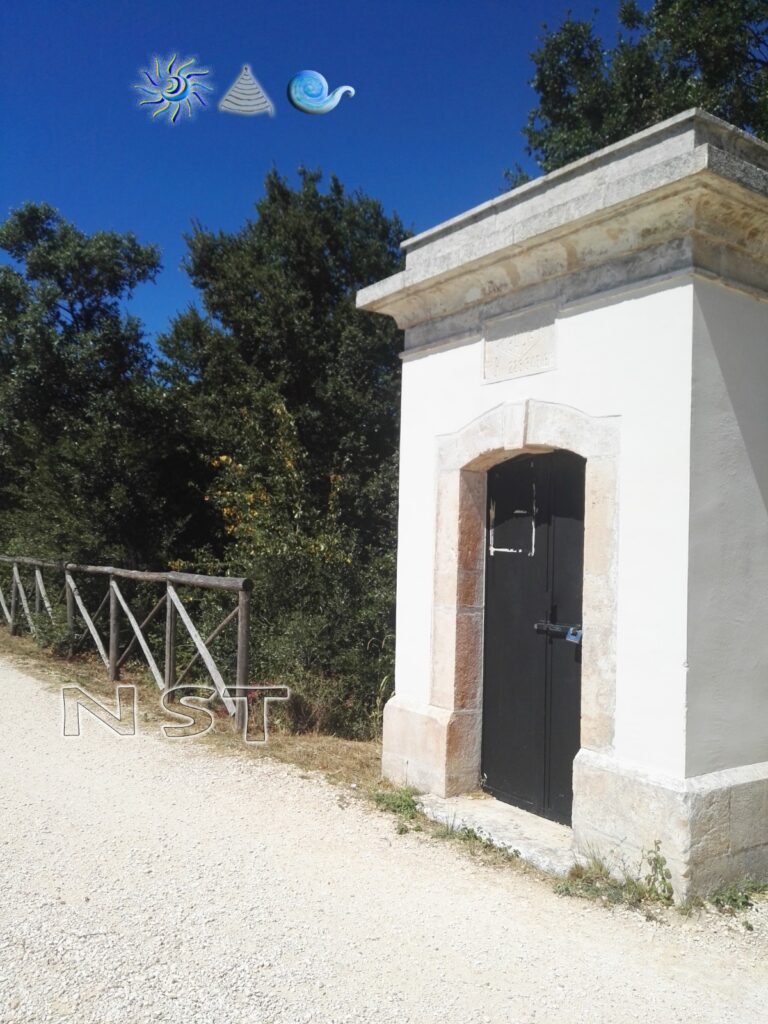
Example of a great industrial modern architecture it flows all along Puglia and holds many world records. It has been renovated as a bike way, as an ecofriendly itinerary, to discover Puglia from a different point of view.
Apulian Menù. The Orecchiette with brasciole
The Orecchiette con brasciole is a real classical menu in Puglia. It’s very common to smell this particular meat sauce on Sundays along the streets of our neighbor towns, prepared with the traditional hand-made orecchiette by our mothers’ and gradmothers’ hands. Let’s start to prepare this typical Apulian menù. Look here for vegetarian solutions>>> What […]
Practical lesson 1 – The Orecchietta
this mini-guide that summarizes the salient aspects of the production of the Orecchietta, the typical Apulian fresh pasta.
The Apulian Omphalos, the Templars and the black Virgin
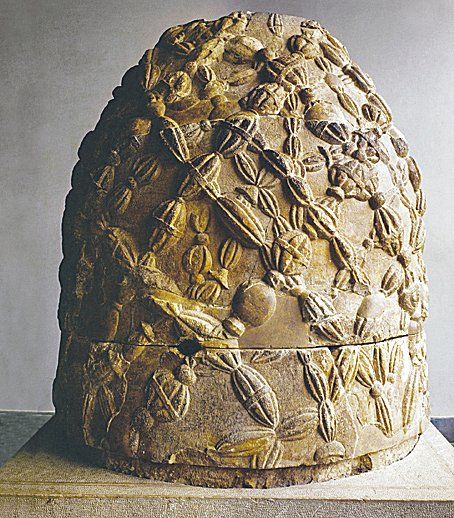
The Omphalos, in Greek means navel and indicates a sacred center, a place where the divine meets the ground. There are many omphalos in the world. In Italy, the tradition is linked to many symbols worked by man, like circular boulders. Often they are represented by obelisks, menhirs, wells or by the strange symbol of […]
Apulia,what does the name means?
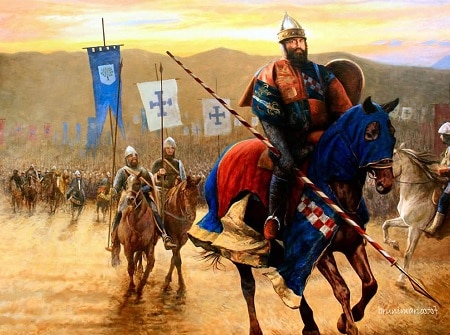
We don’t know exactly from where the name Apulia derives but it is told that it is connected to the chronic lack of water that has always characterized the region. But it has not always been so arid like now. During prehistoric periods there were rivers that surely flowed in Puglia, but almost no trace […]
I 10 Ice Bar più cool d’Europa
WHat about a cool drink? Or … frozen? An extreme possibility to escape the summer torrid heat: an Ice-bar. Inside the temperature goes from the outside 30 degrees to -10 inside an Ice Bar and you can spend few minutes having a frozen drink (but also hot …) in a bar where everything is made […]
Eros di altri tempi
All’inizio del ‘900 venivano vendute sotto banco nelle strade di Parigi. Gli scatti erano considerati scandalosi e illegali e per ovvi motivi l’identità delle modelle era sconosciuta, in gran parte reclutate fra le prostitute di strada o nei bordelli. La maggior parte delle cartoline erotiche di inizio ‘900 furono prodotte in Francia, riscuotendo molto successo, […]
I lampioni di Ostuni
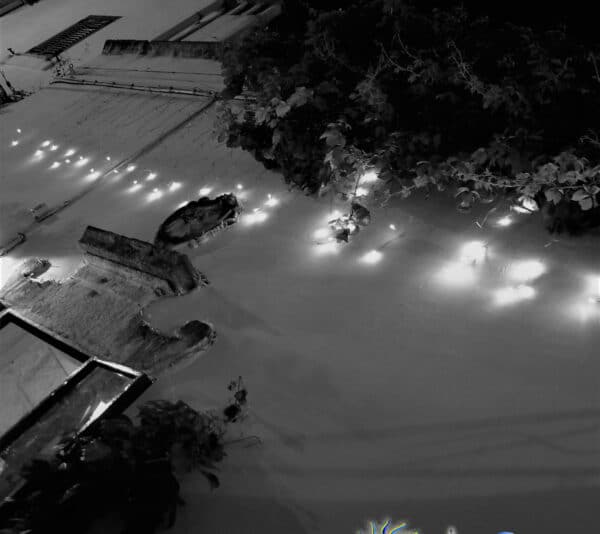
Guardare un lampione in ferro battutto è interessante, ma può stancare. Se però il lampione è appeso alla parete bianca di una casa stretta tra vicoli ed archi oltre i quali si scorgono una valle tempestata di olivi e un mare blu, lo spettacolo non annoia, ma invoglia a cercare altri scorci… Nel rione “Terra”, […]
Miti e leggende del Salento
Il passato del popolo salentino non si racconta solo attraverso i monumenti e i preziosi reperti storici ritrovati su tutto il territorio: c’è un’altra anima del Salento da scoprire, quell’ energia più irrazionale e fanciulla che cercava di dare una spiegazione a tutto quello che esiste e prende forma vitale. Piccoli ritagli quotidiani, in cui […]